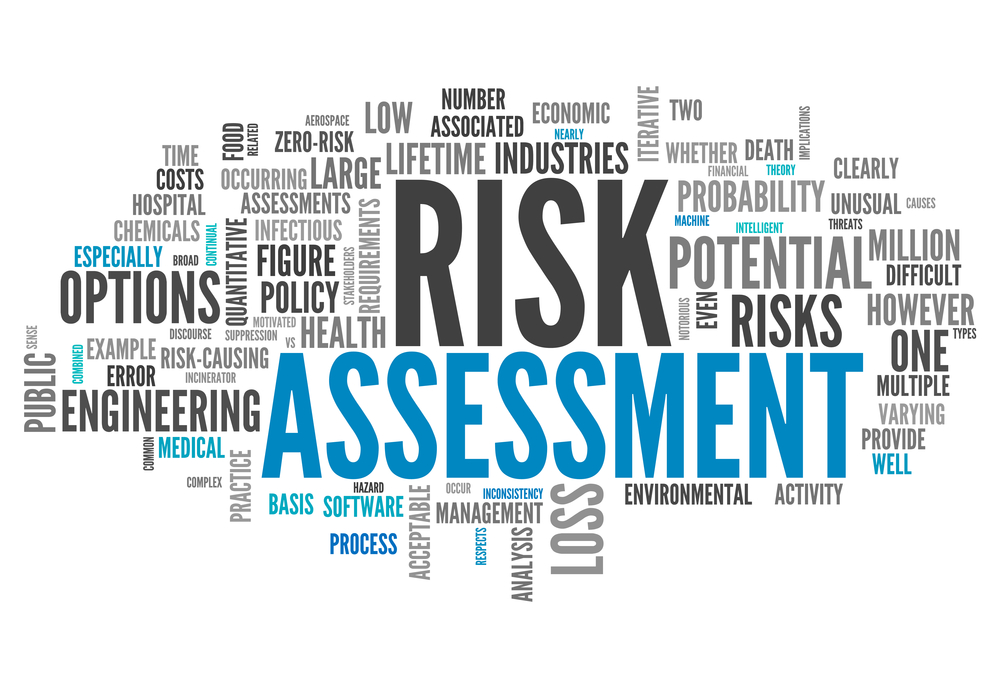We news consuming public are an impressionable lot and are easily scared. The media talking heads are good at winding us up – by talking about how COVID-19 mutations may be more virulent or more transmissible than the original, for example.

But, as with any medical issue, deciding how much you should worry comes down to math. To calculating how likely some health issue is to affect you.
It may be a little perverse for me to be presenting math to you, and instructing on calculating probability, when my math skills were such that my math teacher at school described it as pure “jam” that I passed the math exam. But probability is important stuff.
Scary Mutations
There’s a lot in the media about COVID mutations/variants evolving (as viruses are wont to do) – the B.1.1.7 from the UK, B.1.351 from South African, P.1 from Brazil - with doomsday speculations about how dangerous they may be.
An article on WebMD for example, quotes an epidemiologist noting B.1.1.7 is “thought to be transmitted between 35 and 45 percent more easily.”
Sounds scary.
But this is comparative rather than absolute risk. And the difference is important.
Past masters of obfuscation with these kinds of statistics are the drug companies.
I always like to use as an example how Pfizer promoted Lipitor.
With great fanfare, Pfizer touted a study that showed their product, Lipitor, “reduces the heart attack rate by 36 percent” in people with multiple risk factors.
Wow – put it in the water.
But this again is comparative risk. If you look instead at so called number needed to treat (NNT) –which is the number of people who must take a treatment, for one person to benefit – it doesn’t look so impressive.
In the trial of Lipitor, which lasted 40-months, 2 percent of people taking Lipitor had heart attacks, versus 3 percent of patients taking placebo.
Sure, the relative risk reduction was over a third. But when you express it as NNT, it means 100 people had to take Lipitor for 40 months for one person to be prevented from having a heart attack.
The other 99 gained no benefit. They were just subject to the risk of adverse effects of statins. And, in the real world (if they weren’t in a clinical trial) they would have to pay for it.
Incidentally, as an FYI, they sold a lot of it. “Lipitor is by far the best-selling drug of all time.”
Dangerous Drinking Numbers
Another good example of keeping risk in proportion was the tizzy caused by a paper in the Lancet saying, “there’s no safe amount of alcohol.”
Previously the recommendation had been not more than two drinks a day for men and one a day for women (though women not being half the size of men, I have never understood this)
Again, critics and mathematicians pointed out the need to look at absolute rather than relative risk.
The study looked 100,000 subjects, and 23 pathologies that are more likely to occur in people who drink. It showed that of those who drink no alcohol, 914 can expect to experience one of these pathologies. And of people drinking one drink a day, 918 will.
This means that 4 in 100,000 people who consume a drink a day will have a problem caused by the taking that one drink – yes it’s an increase but I don’t think it’s going to persuade me I have to forsake my one G&T a day.
Incidentally, two drinks per day increased the risk to 977 in 100,000.
So How Dangerous are The Mutations?
To address the danger of mutations, I had to search around a bit. As noted, the WebbMD article noted transmissibility of B.1.1.7 is up to 40 percent greater.
I then went to 19andme.covid19.mathmatica.org, where you can plug in your personal data and it will give you the probability of catching COVID-19 through community transmission in a week.
It came up with a risk of 0.12% - which means 12 people out of 10,000 would be expected to get catch COVID in the week. With increased transmissibility of 40%, that would put my risk up from 12 people in 10,000 to 16.8 people. That’s 4.8 extra - not as scary as the talking heads would have us believe.
Incidentally, the numbers I put in were for me, un-vaccinated – though in fact I have had two shots of Moderna more than two weeks ago. Putting this in reduced my risk to 0.0072%.
Dare I say it, the media thinks catching our attention by scaring us will keep us reading/listening/watching. But looking at absolute risk is likely to provide a less scary scenario. Though, of course, you never see the media reporting this.
This is an important point in many medical fields. Looking at absolute risk/NNT is particularly important in trying to decide if some drug or medical intervention your doctor is trying to foist on you, is the right way to go.



